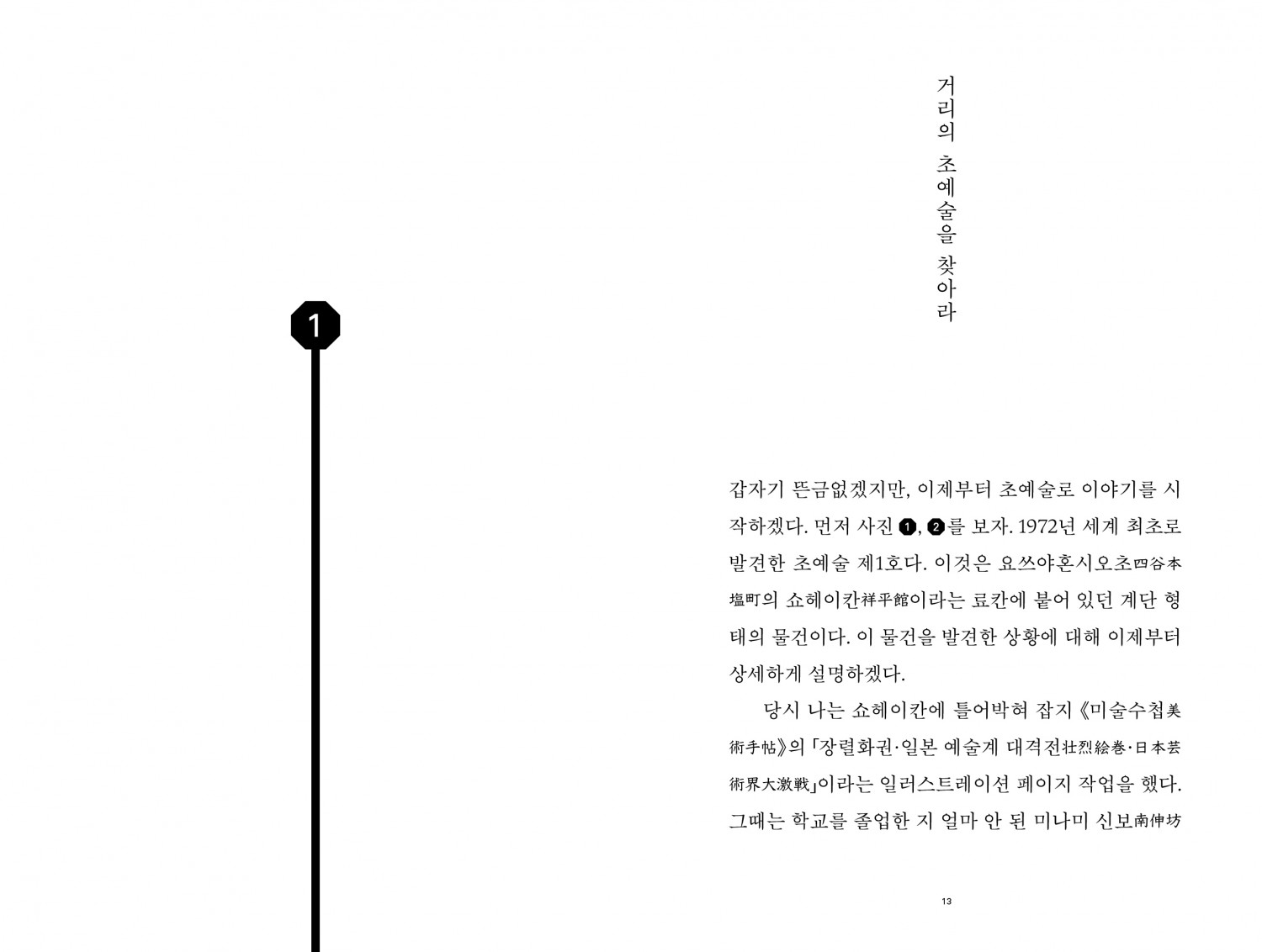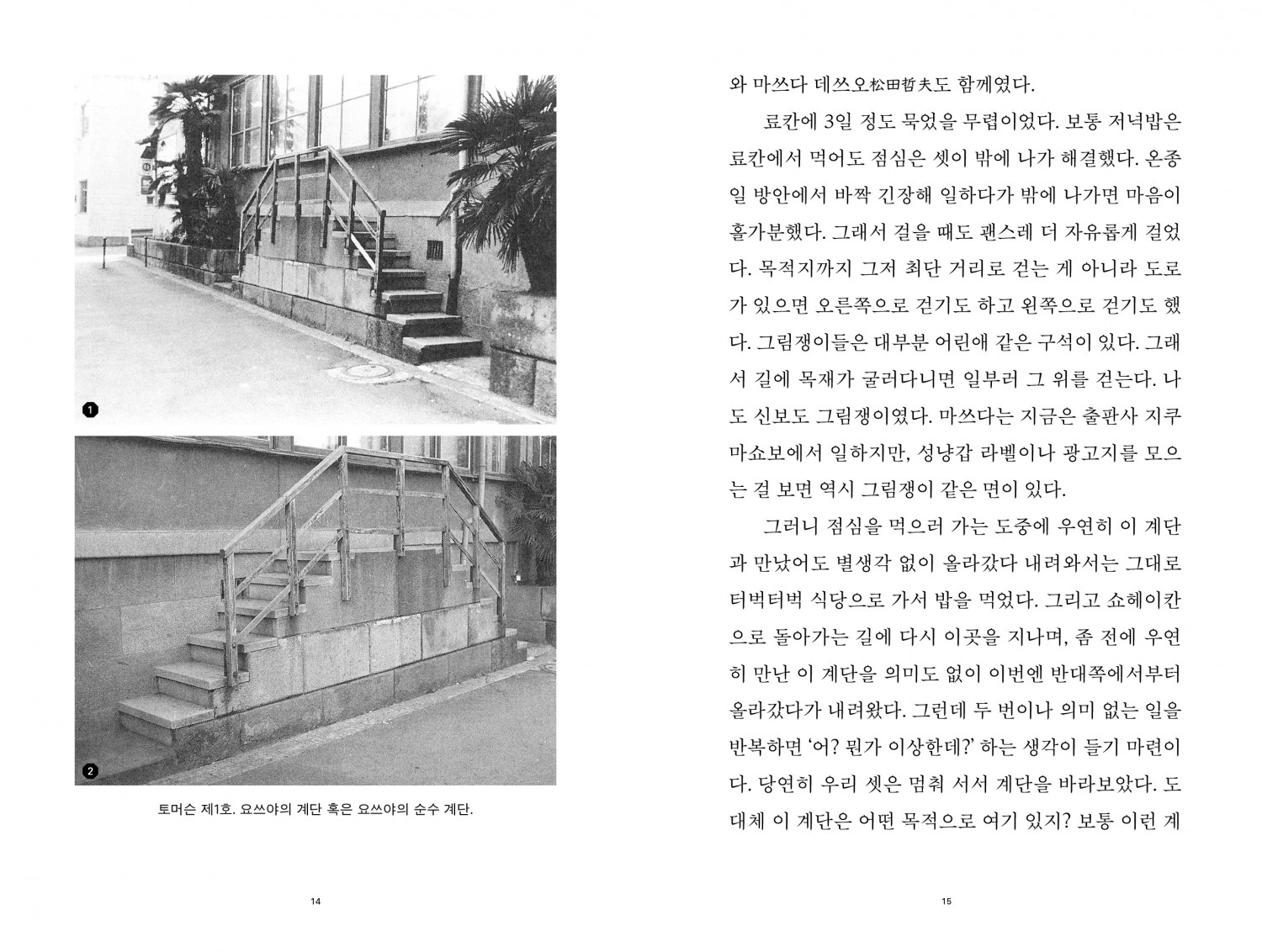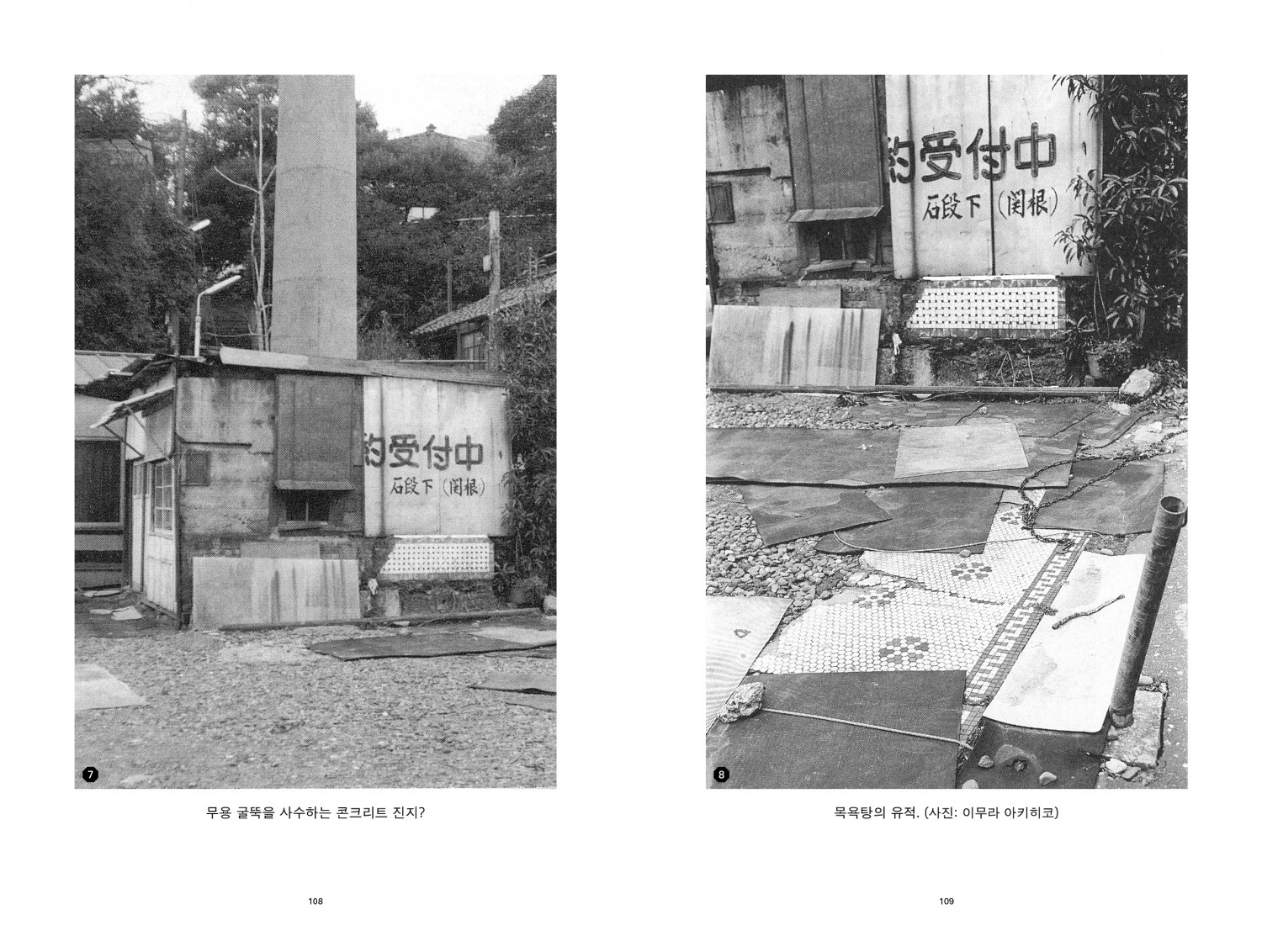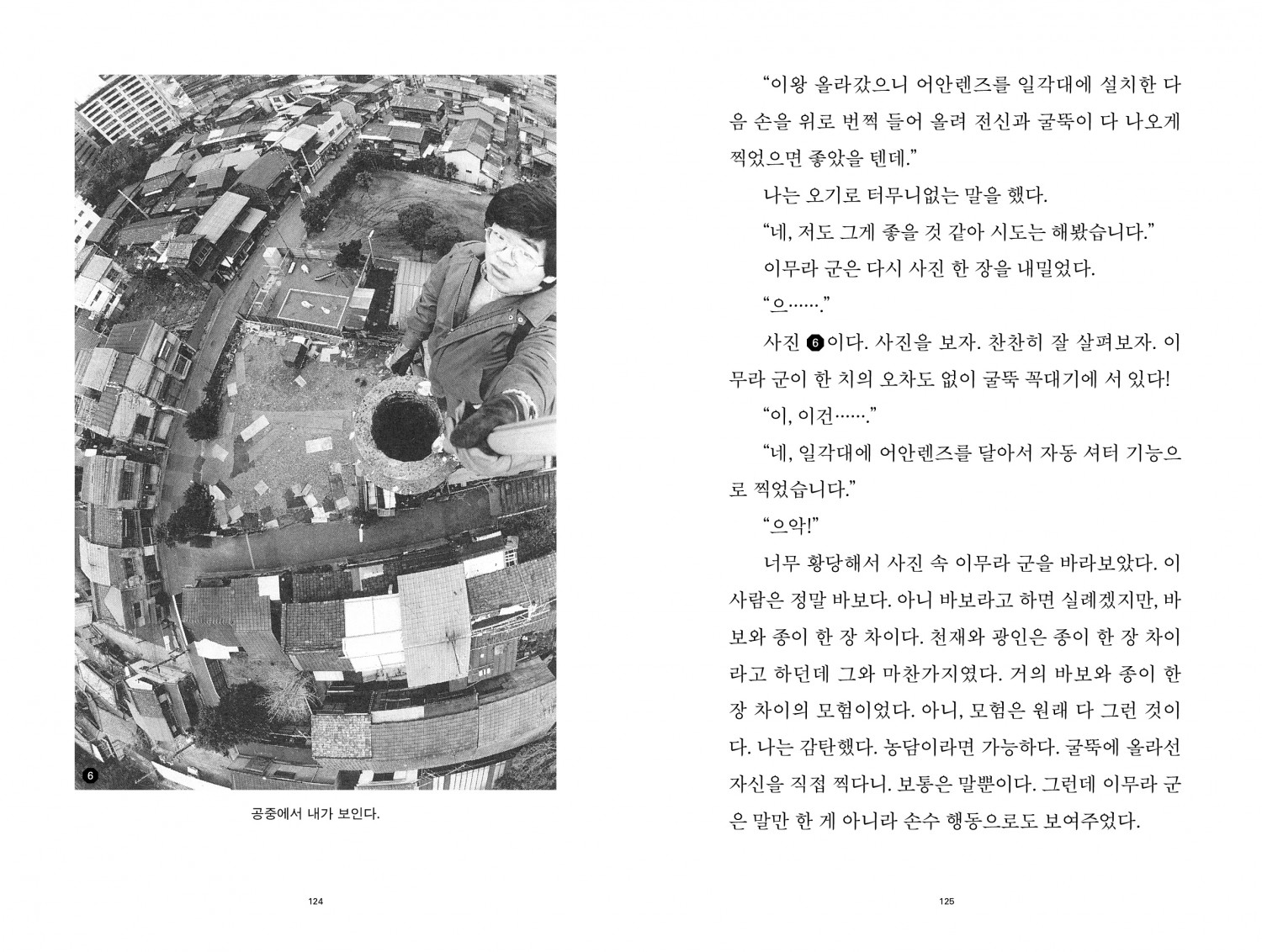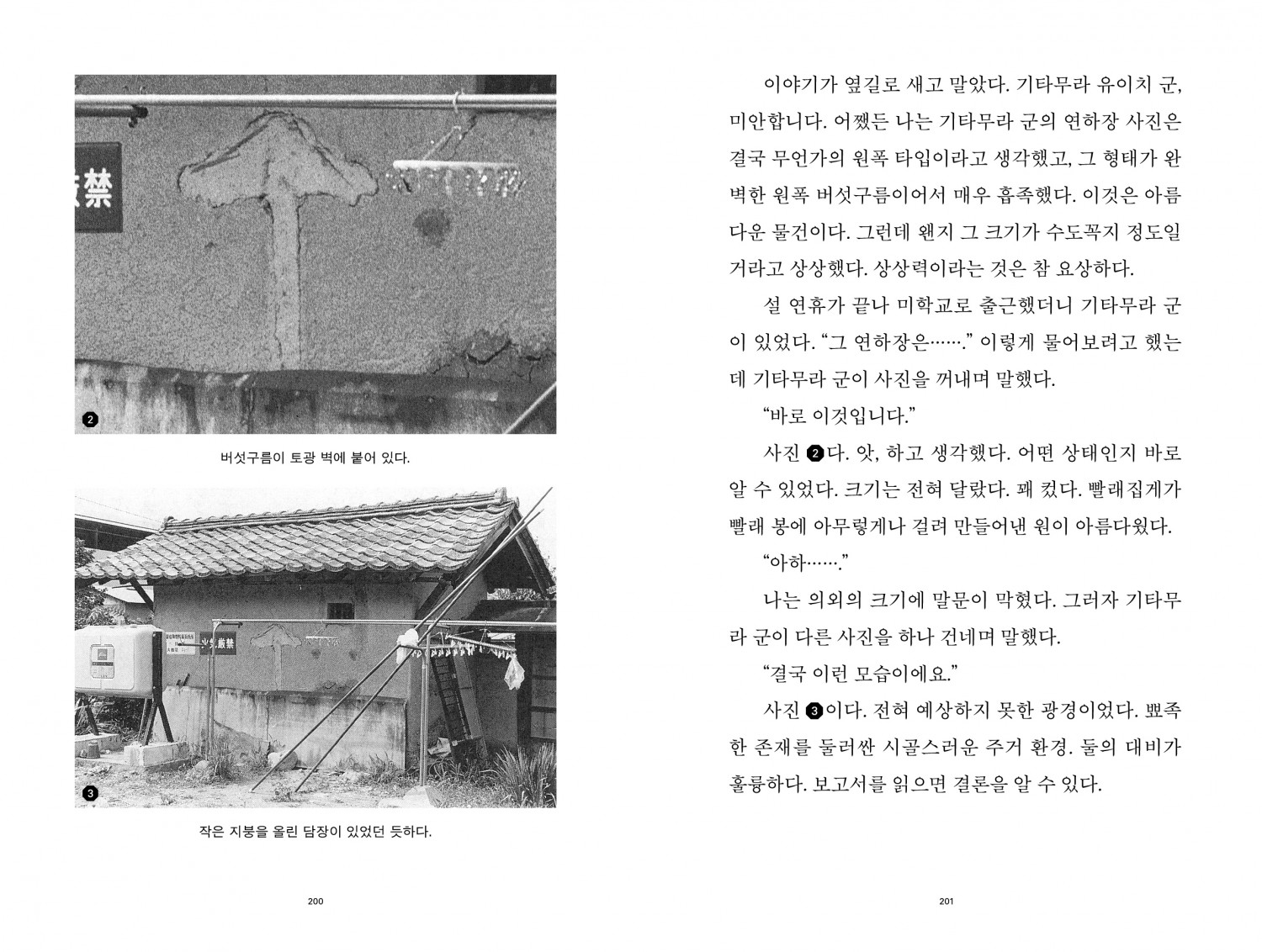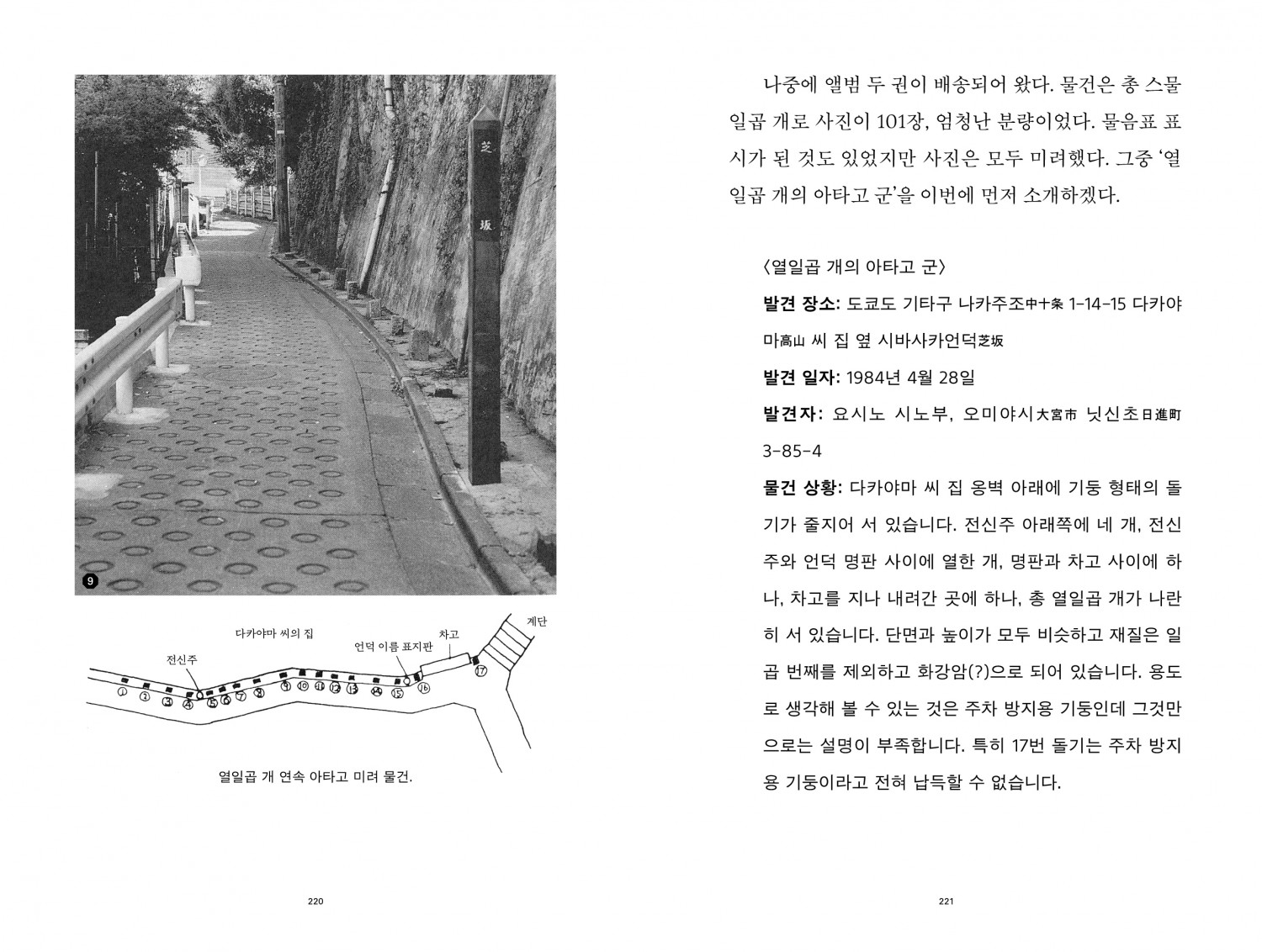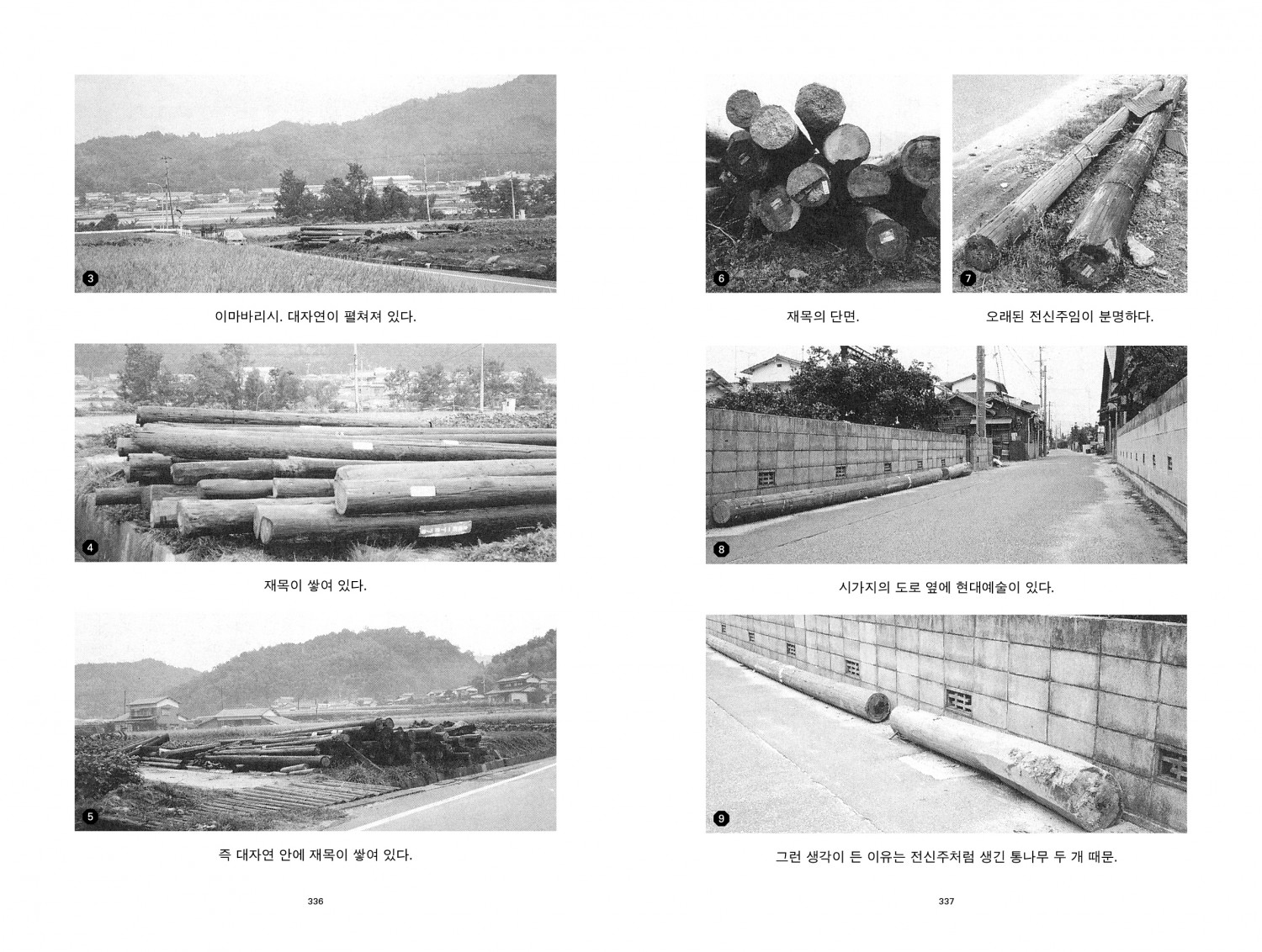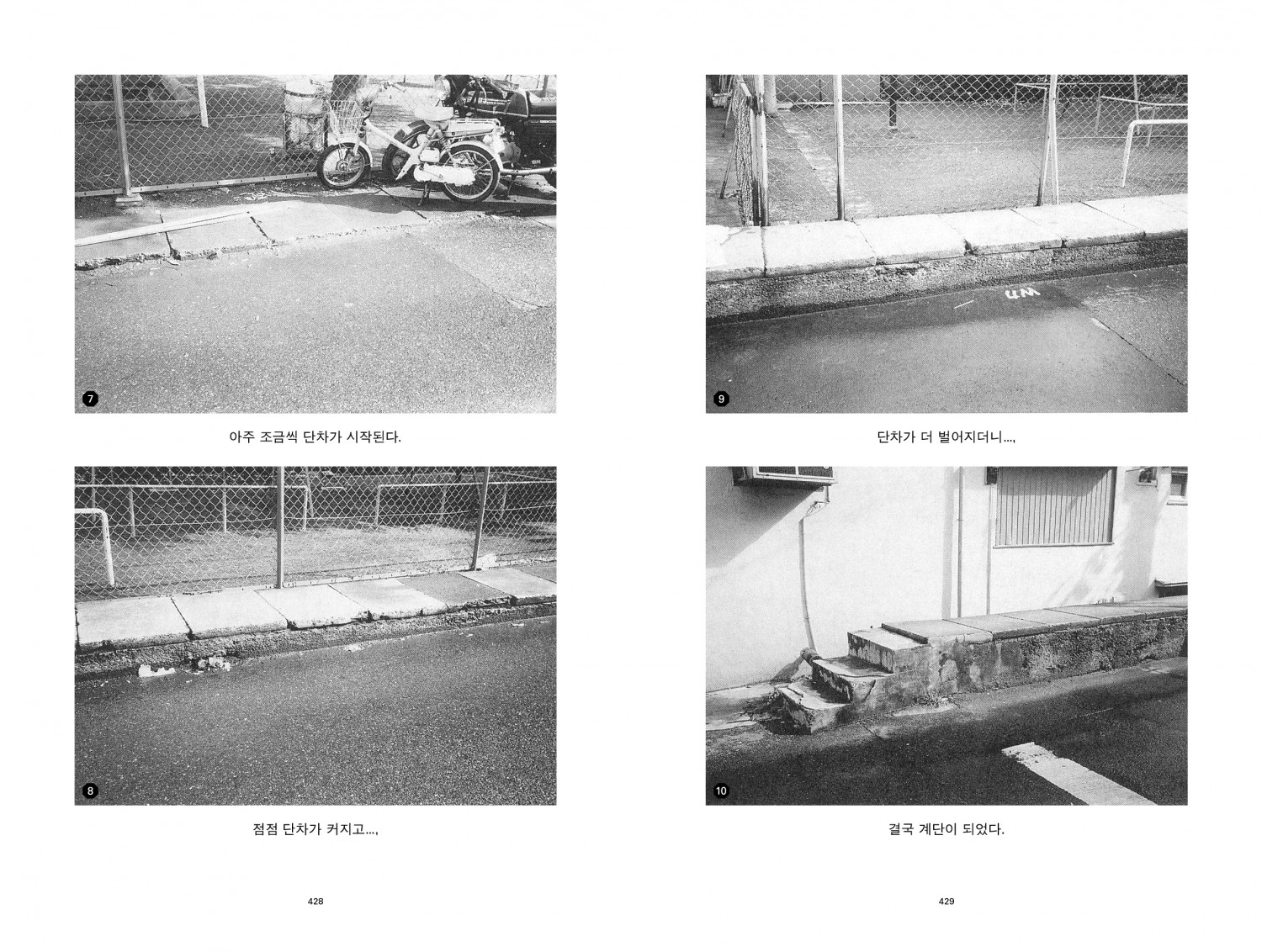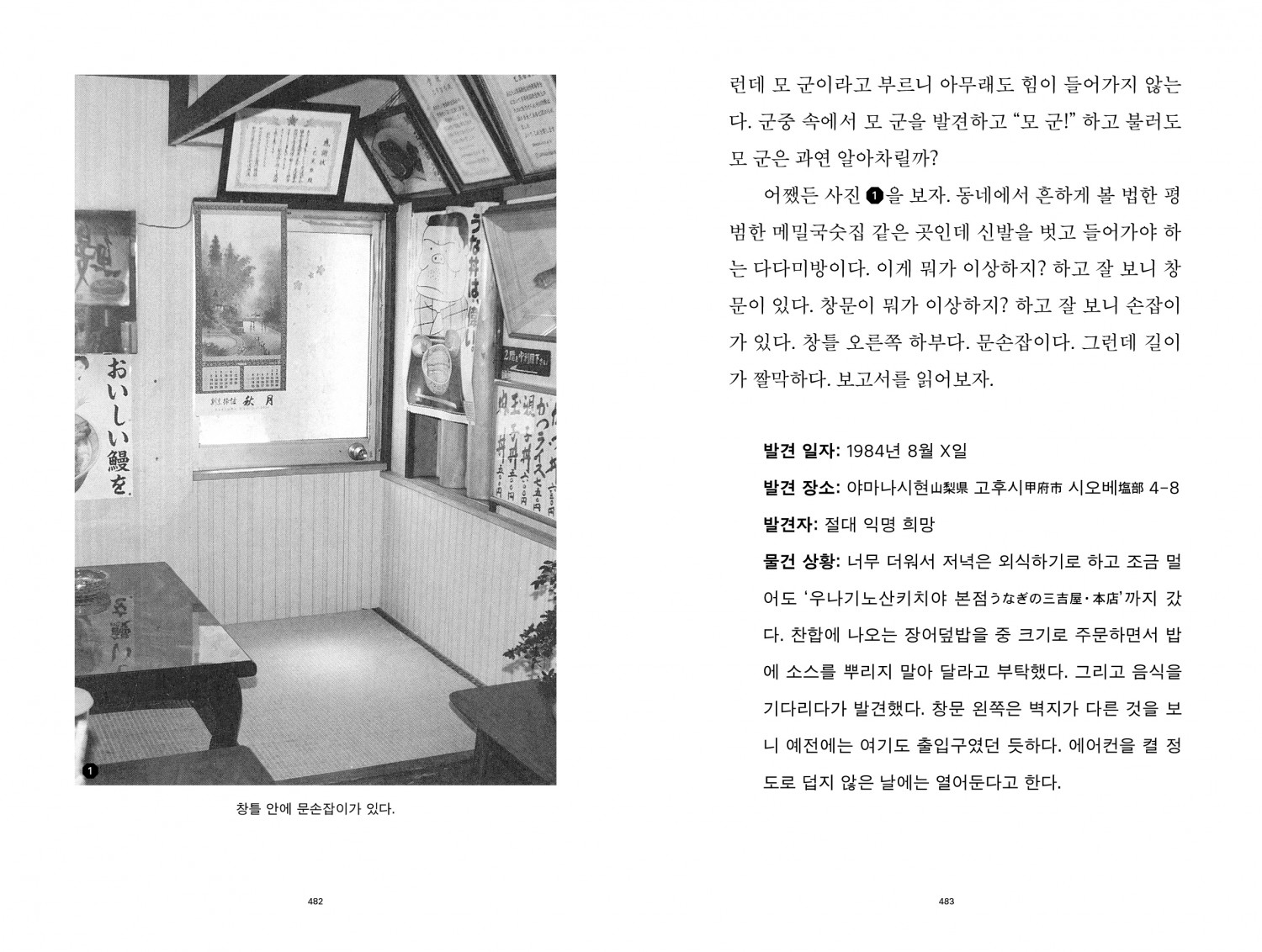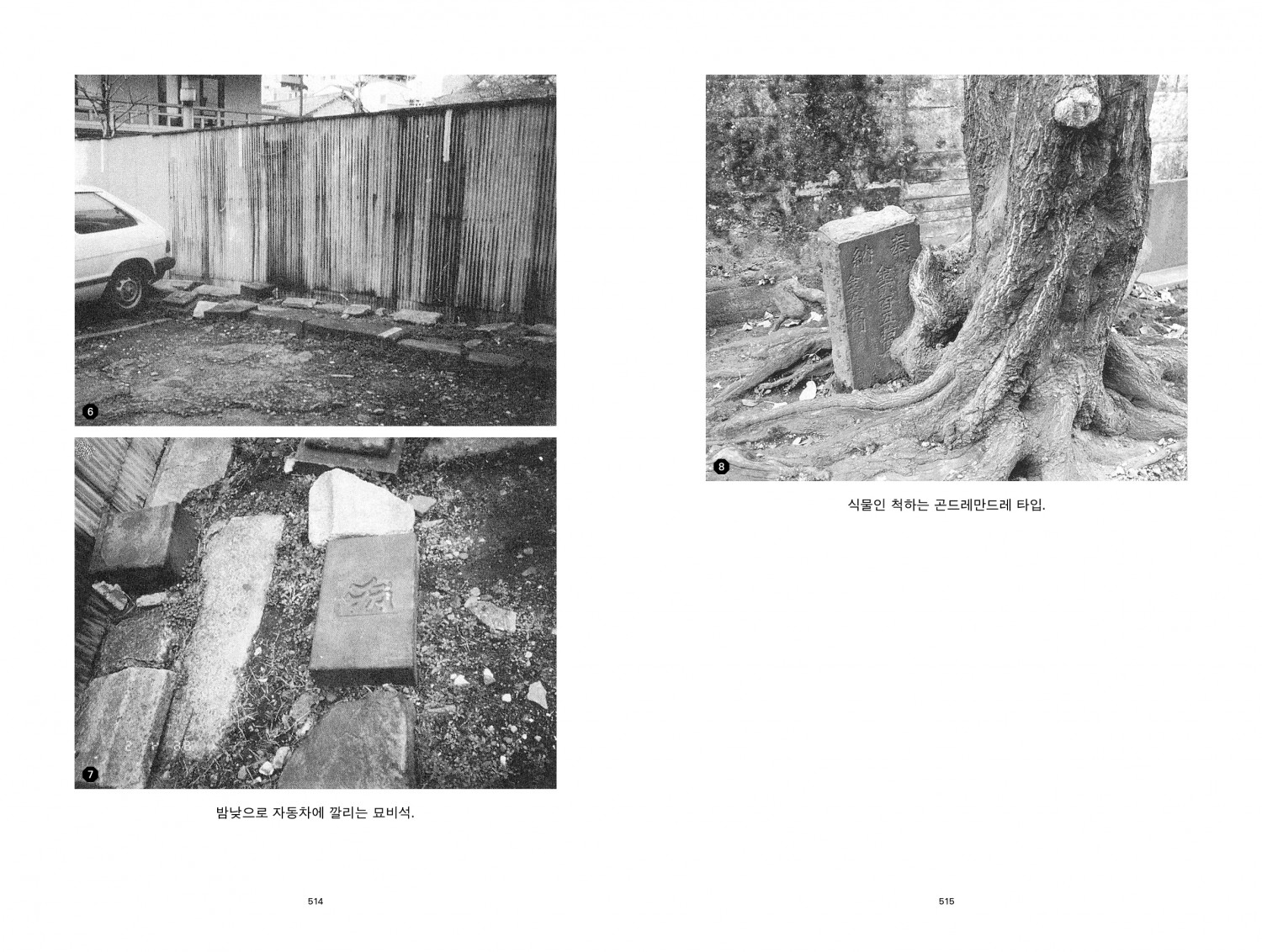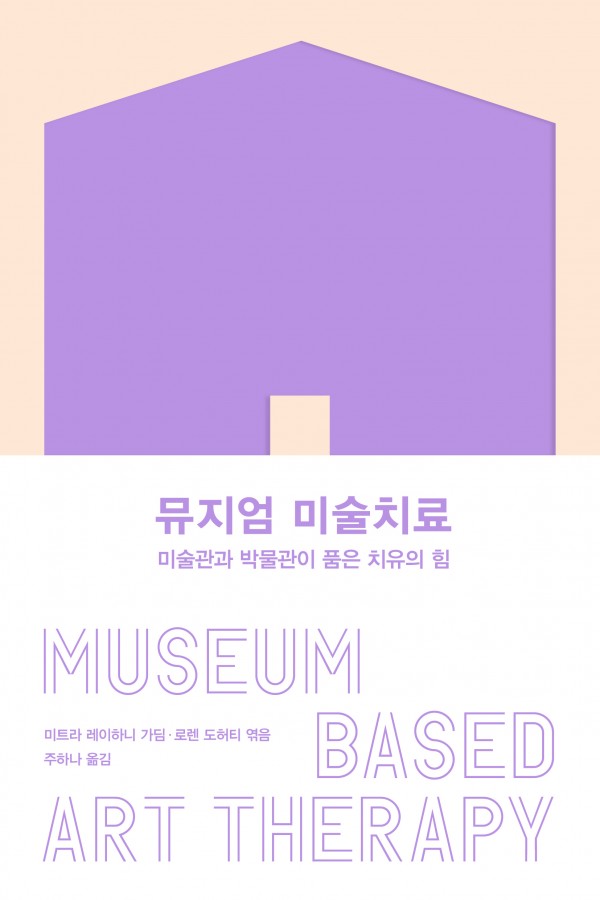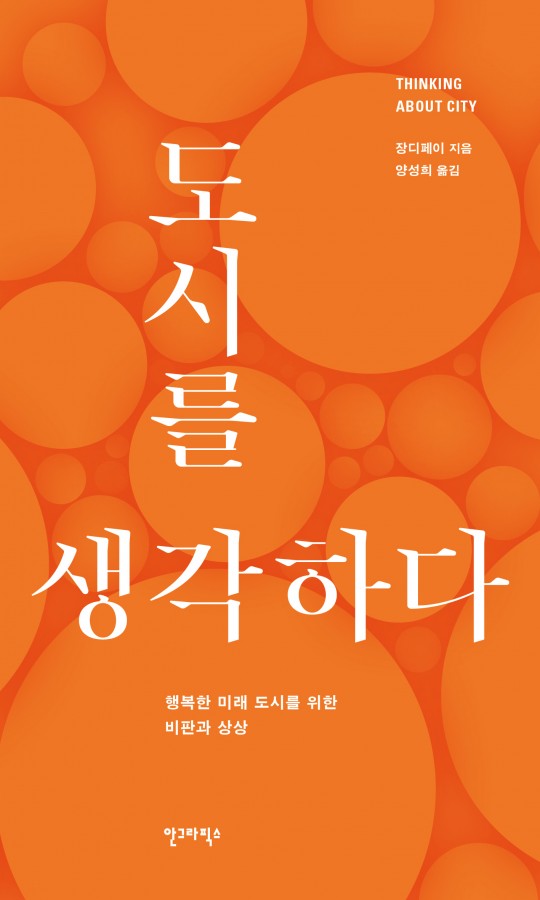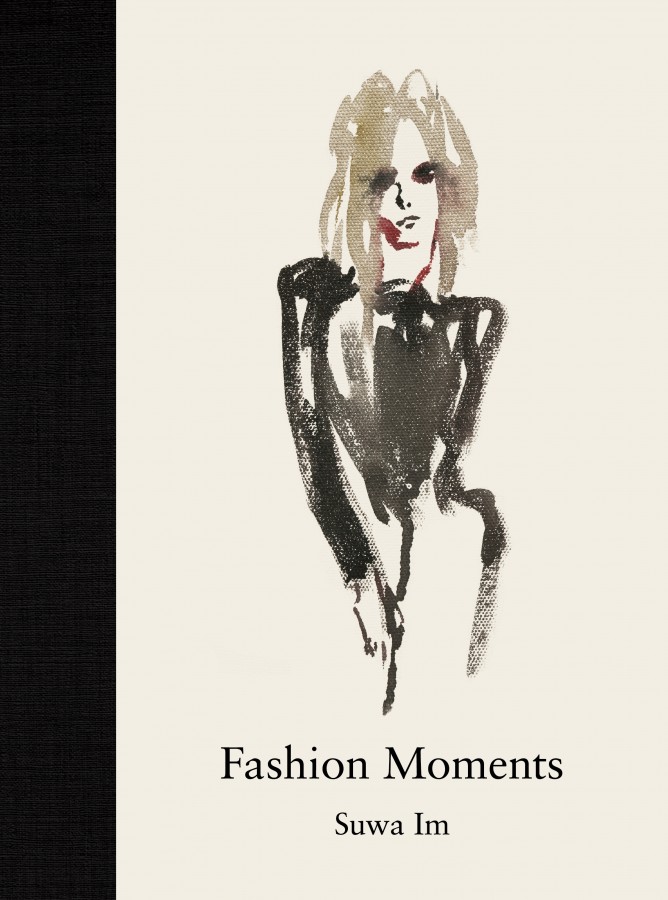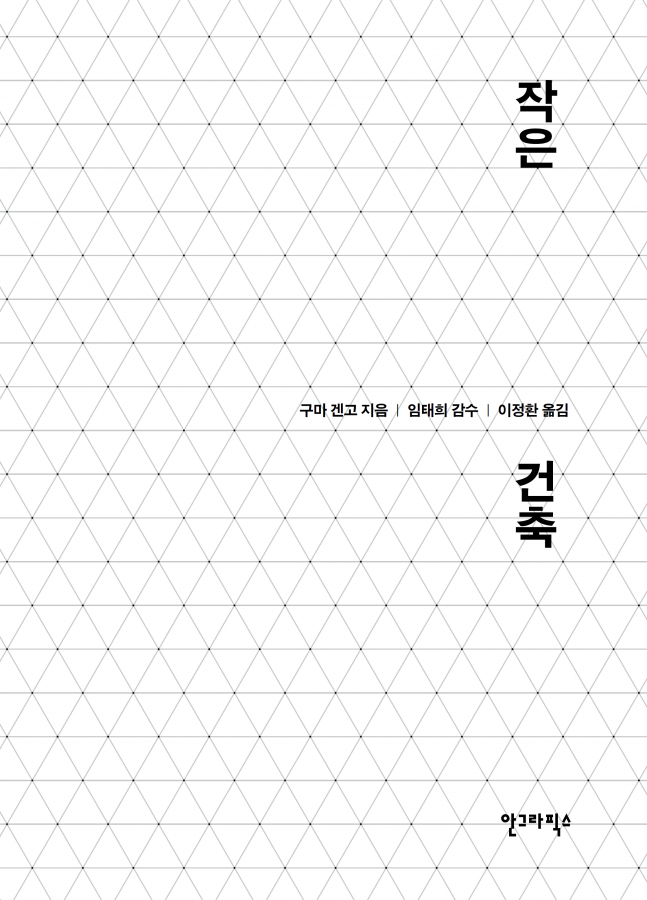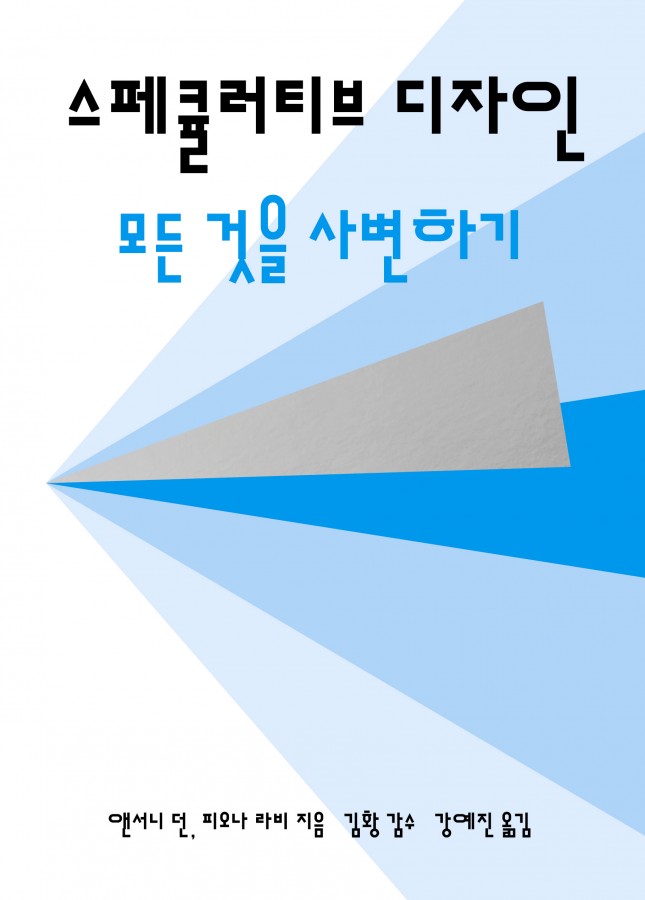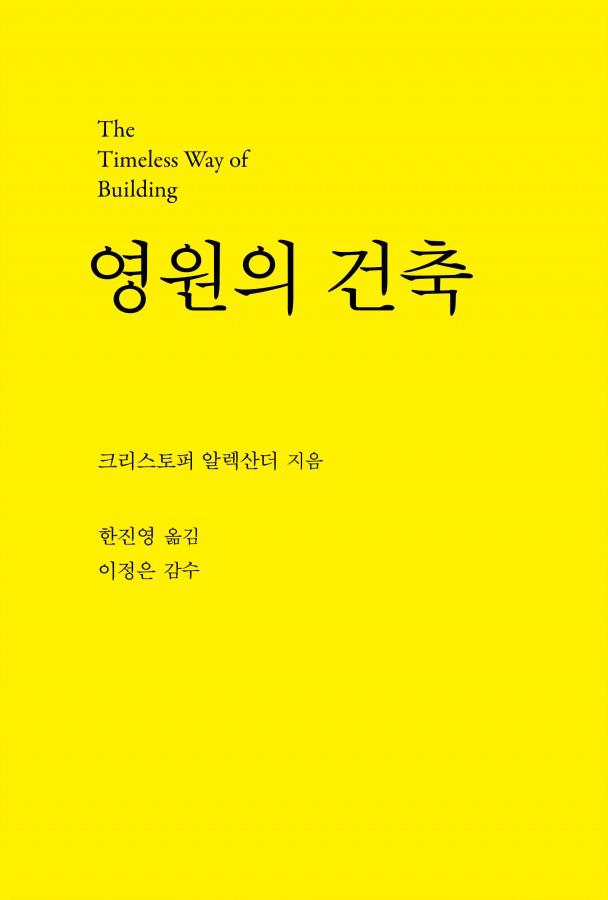Have you ever seen a Thomasson? That doorknob in a wall without a door, that driveway leading into an unbroken fence, that strange concrete, … thing sprouting out of your sidewalk with no discernible purpose. Have you ever puzzled over its strangeness, or stopped to marvel at its useless beauty?
In the 1970s Tokyo, artist Akasegawa Genpei and his friends began noticing what they termed “hyperart,” aesthetic objects created by removing a structure’s function, while carefully maintaining the structure itself. They called these objects “Thomassons,” after an American pinch-hitter recruited by a Japanese baseball team, whose bat never connected with a ball.
In the 1980s, through submissions from students and readers, Akasegawa collected and printed photos of Thomassons in a column in Super Photo Magazine. He wrote these columns with a warm, goofy humor that seems intended to cast back nihilism, irony, and other common responses to 20th century urbanization. What emerged was a lighthearted, yet profound, picture of how modernization was changing Japan’s urban landscape, and the culture that underpinned it.
These columns, collected into a book, became a cult hit among late-eighties Japanese youth. What they saw in this assemblage of casual photos and humorous descriptions was, as essayist Jordan Sand puts it, “a way of regaining some sense of the human imprint on the city in an era when that imprint was being rapidly erased.”
